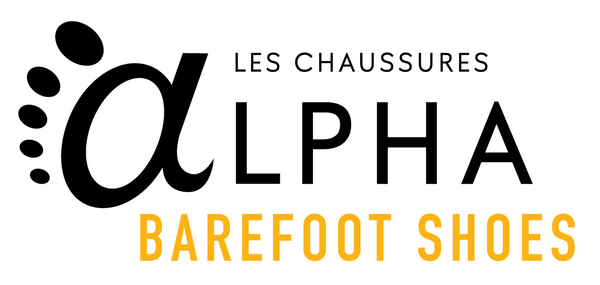Do you know the custom of foot binding?
Share
Here are 5 similarities it shares with conventional shoes
The custom of bound feet... I've never heard of that... For those who thought it was a new erotic technique, TAKE NO MAKE AWAY!
So what is it?
This is a custom practiced in China for a THOUSAND YEARS so that the feet of young Chinese women meet the standards of beauty and prestige provided by Lotus shoes.
Here are images of the final result, a foot that has been remodeled to fit a 7.5 CENTIMETER shoe.


Impressive, right?
The process used requires soaking the feet in hot water or animal blood mixed with medicinal herbs. Next, all toes, excluding the big toe, are bent toward the sole of the foot. Afterwards, we bandage the foot and let it all simmer in smaller shoes. Fractures to the bones of the foot were common…
It is impossible to believe that this custom, or even parts of it, are still practiced today. On the other hand, there are 5 current RESEMBLANCES with the wearing of conventional shoes!
1- Conventional shoes do not respect the shape of a foot
Like Lotus shoes, conventional shoes offer a different shape, with the aim of being beautiful and/or more comfortable. We note a narrowed space for the toes, an elevation at the heel, a rigid sole and orthopedic reinforcements. All these modifications make it beautiful and sometimes comfortable, but it comes at the expense of the feet.
When you have shoes that are too smart, your feet become dumber!
Instead, try shoes with the following characteristics: a widened toe box, no heel rise and a thin, flexible sole! In short, a shoe that looks and moves like a foot!
2- Wolff’s law is at work
You may have heard of it before, but without knowing its name. This principle dictates that your body creates a specific adaptation when an imposed demand occurs.
It's the same principle why an astronaut loses bone mass during a stay in space or why teeth become straight again when we use braces for a long enough time.
Now, whether in the case of the custom of bound feet or in the case of conventional shoes, the foot takes the shape of the shoe and becomes deformed. It's less extreme these days, but the PROCESS is similar!
3- The feet undergo permanent deformation
Now that you know Wolff's law, would you like to know if your feet have undergone this deformation process?
Here is a list of the most common deformities and conditions: flat foot, pes cavus, hallux valgus (bunion), hallux rigidus, plantar fasciitis, Lenoir's spur, metatartarsalgia and many others.
If you have already been diagnosed with these conditions, you are potentially a victim of your shoes !
4- We try to satisfy a standard of beauty
It's easy to get carried away by fashion. As in the custom of foot binding, where one had to have deformed feet to appear distinguished and be included in a higher hierarchical community.
Let's go back to the conventional shoe! As you read this, there are shoes for all tastes: dressy or high heels for your chic evenings, shoes for work and others for sports. We have shoes for each activity and often different styles in order to feel included.
The problem is that each of these models is based on a different shape than that of the feet.
If human beings were made to live in high heels, evolution would have ensured that our feet were shaped like this! On the contrary, a brand new foot has free toes, it is flexible and there is no elevation at the heel. Choose your shoes based on that!
5- Wearing shoes is done at a young age
One of the most important points of resemblance is surely this. We start putting shoes on a child's feet very early.
Myself, I must admit that I think a 3 month old baby in Nike shoes is so cute, but I find it a shame that we are starting to apply Wolff's law on this baby so early in its growth. The sooner we impose shoes that do not have the shape of a foot, the sooner the remodeling begins.
WHAT IS THE SOLUTION?

It's simple ; wear shoes that respect your feet and walk barefoot as much as possible.
There is hope! Remodeling can be done in the opposite direction, i.e. regaining normal feet.
Our shoes will be a stylish and fashionable rehabilitation tool!

